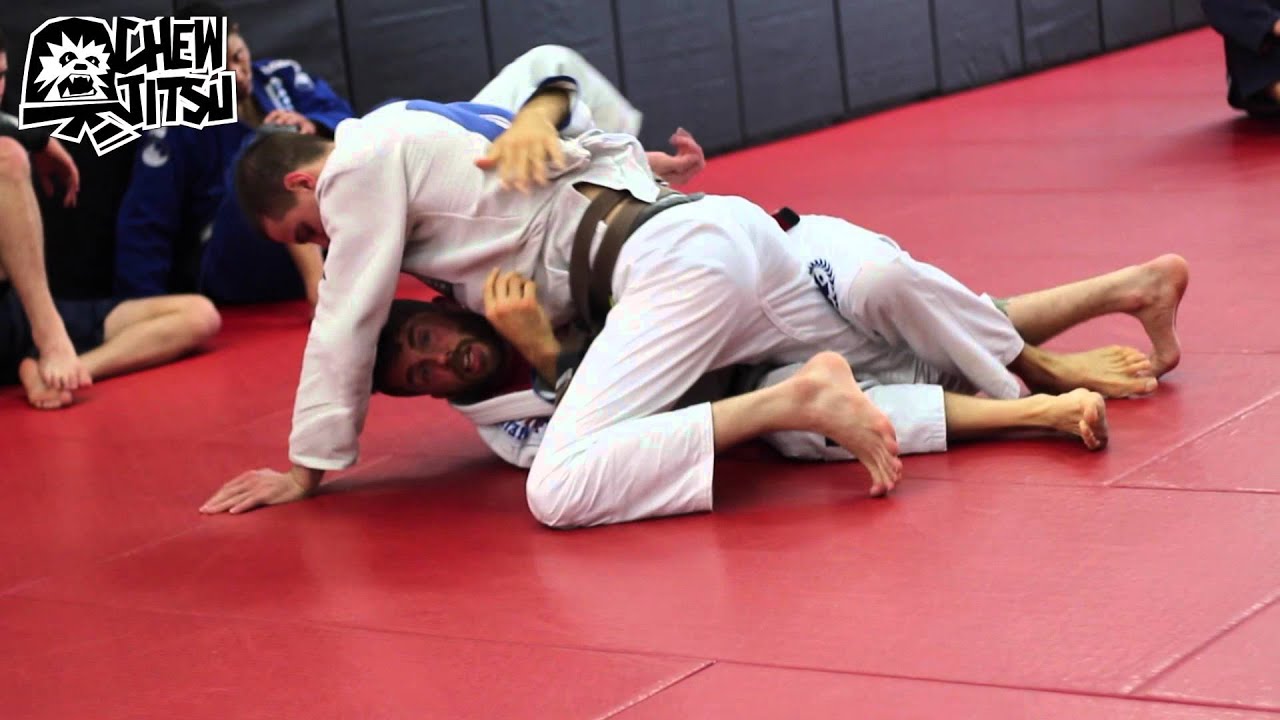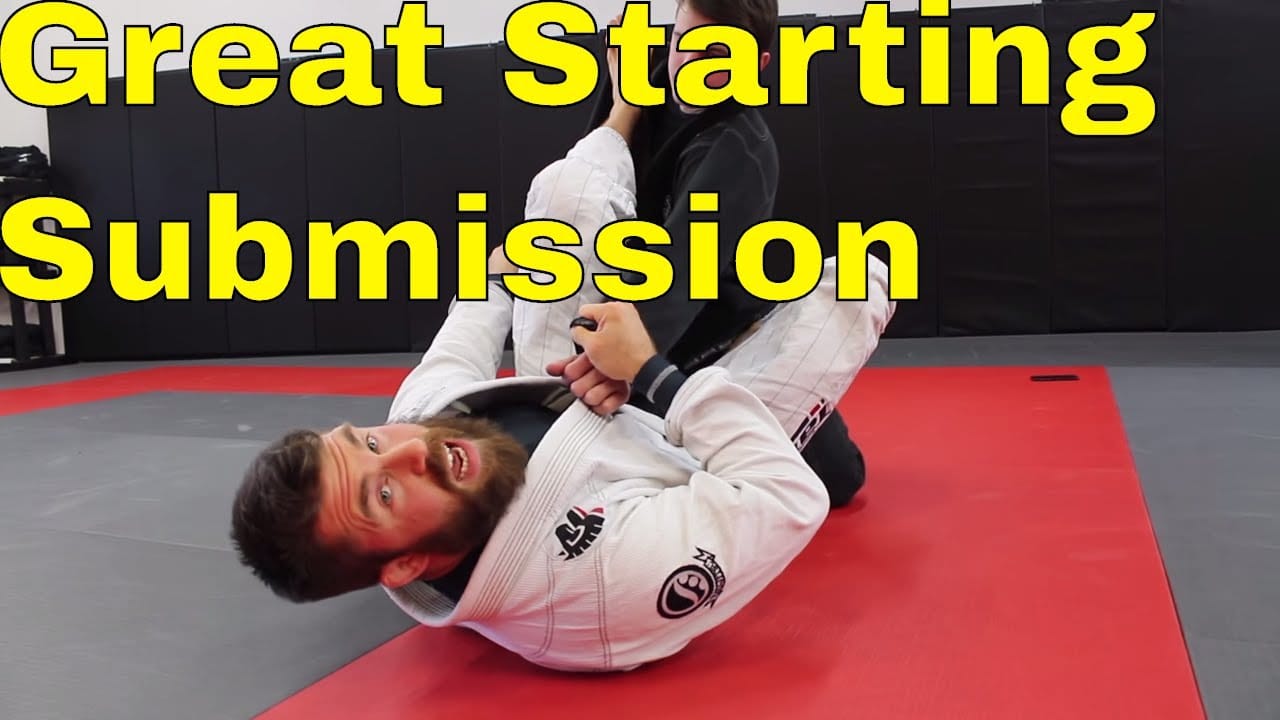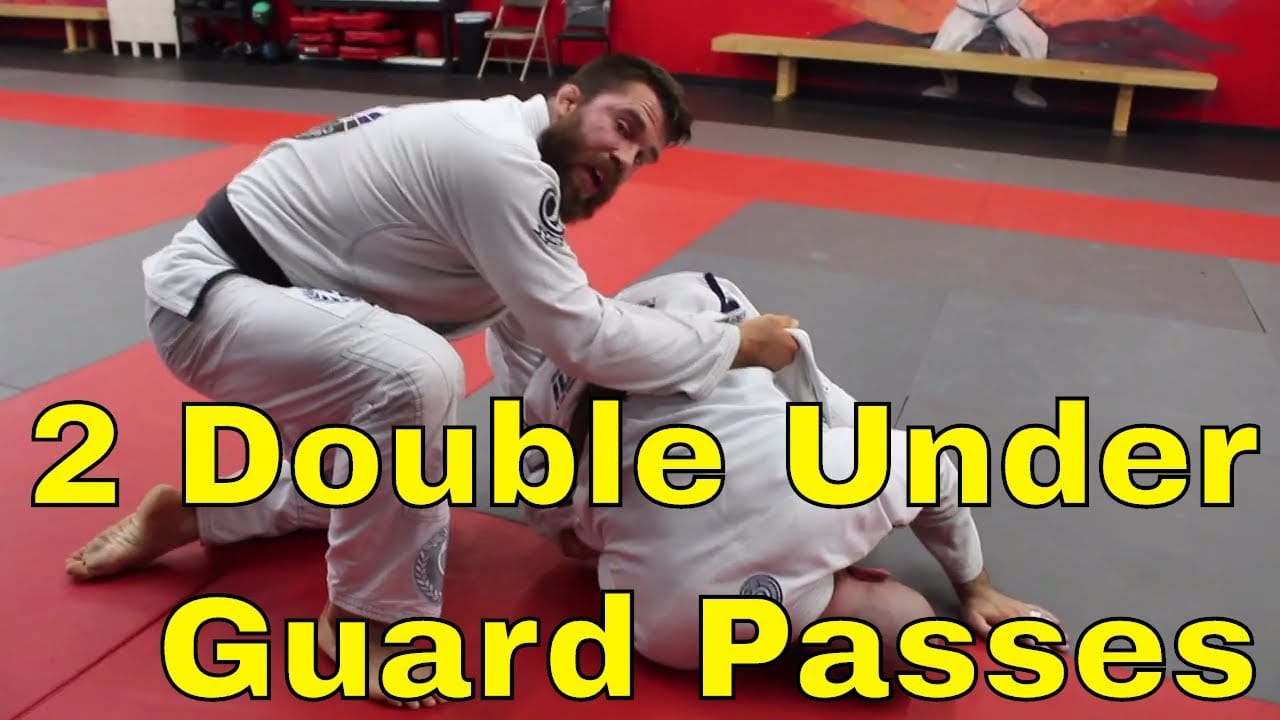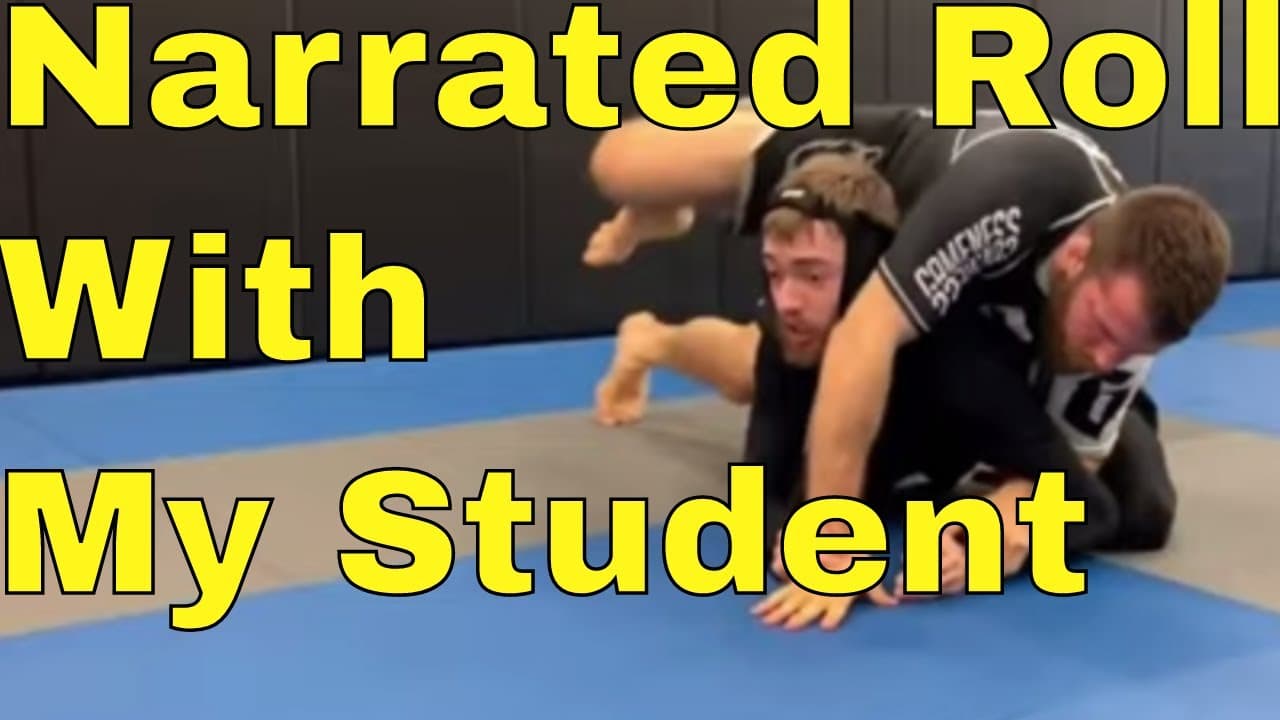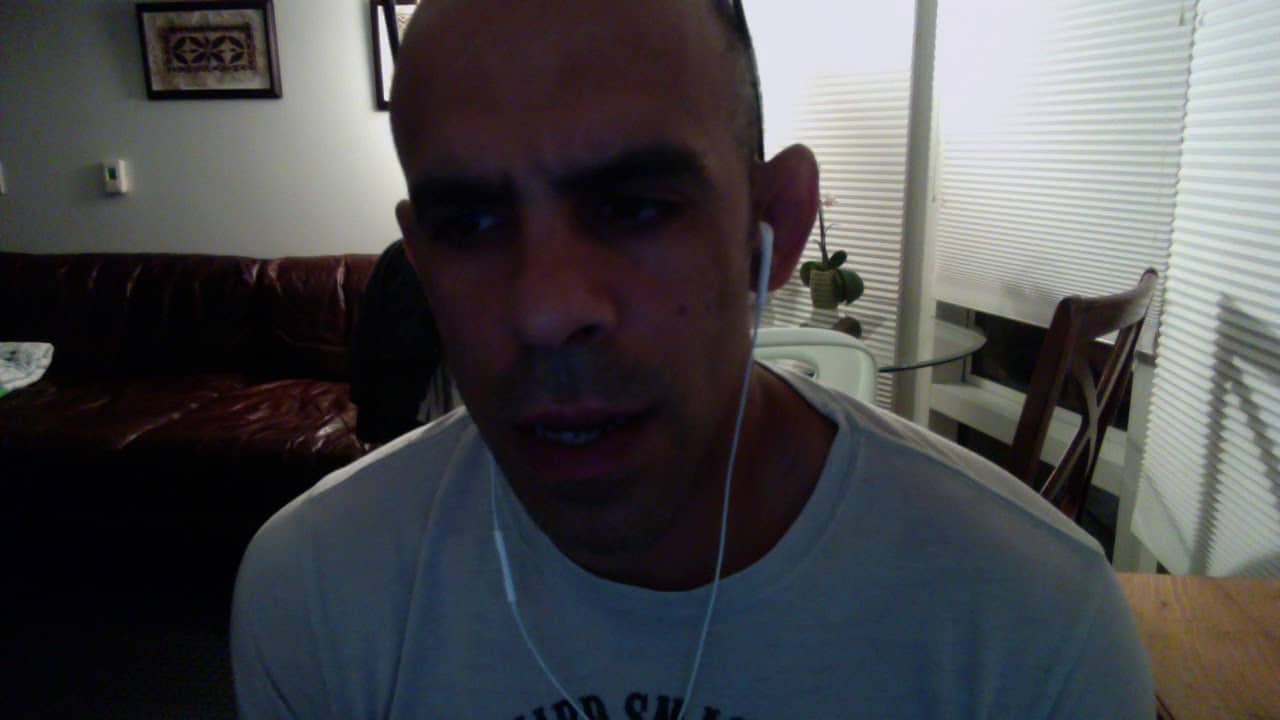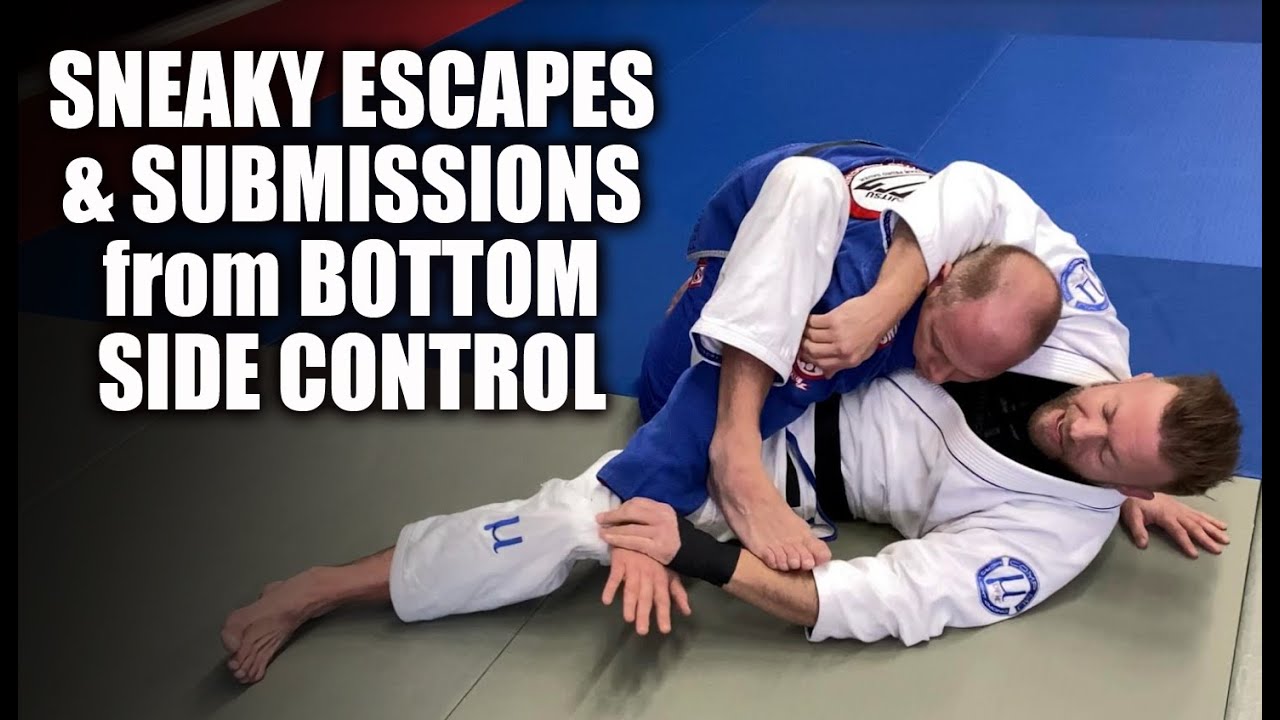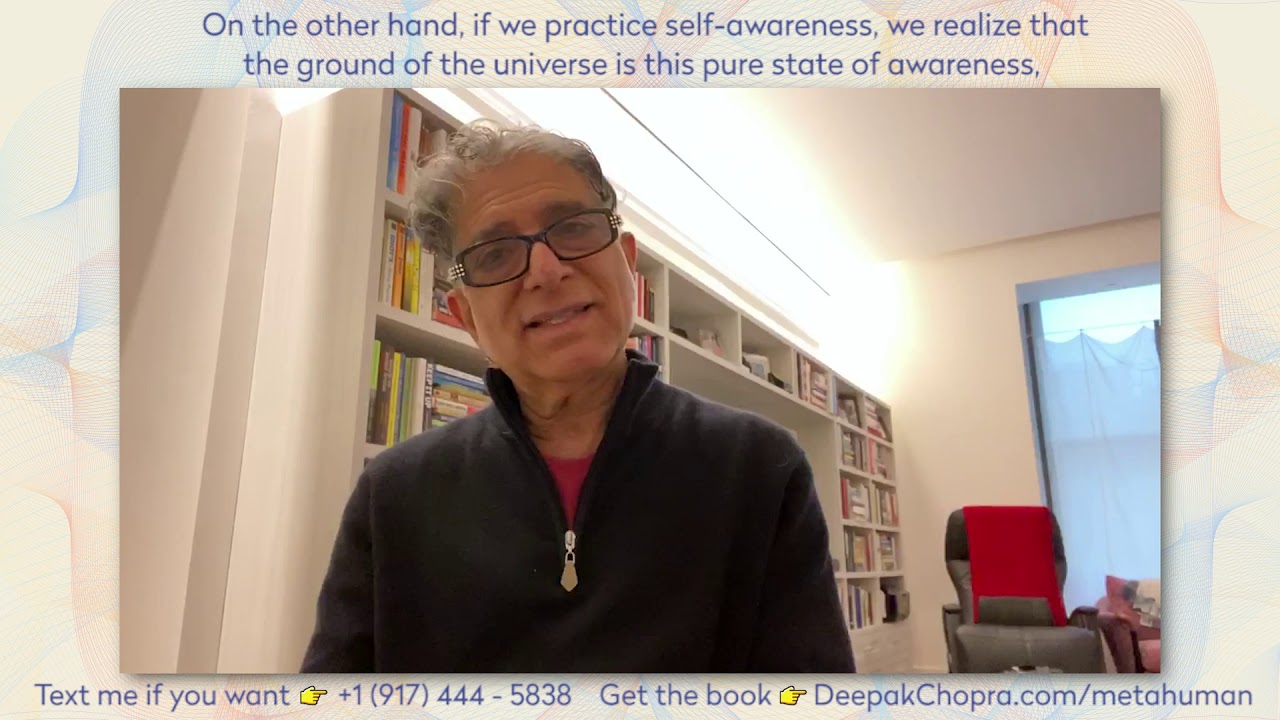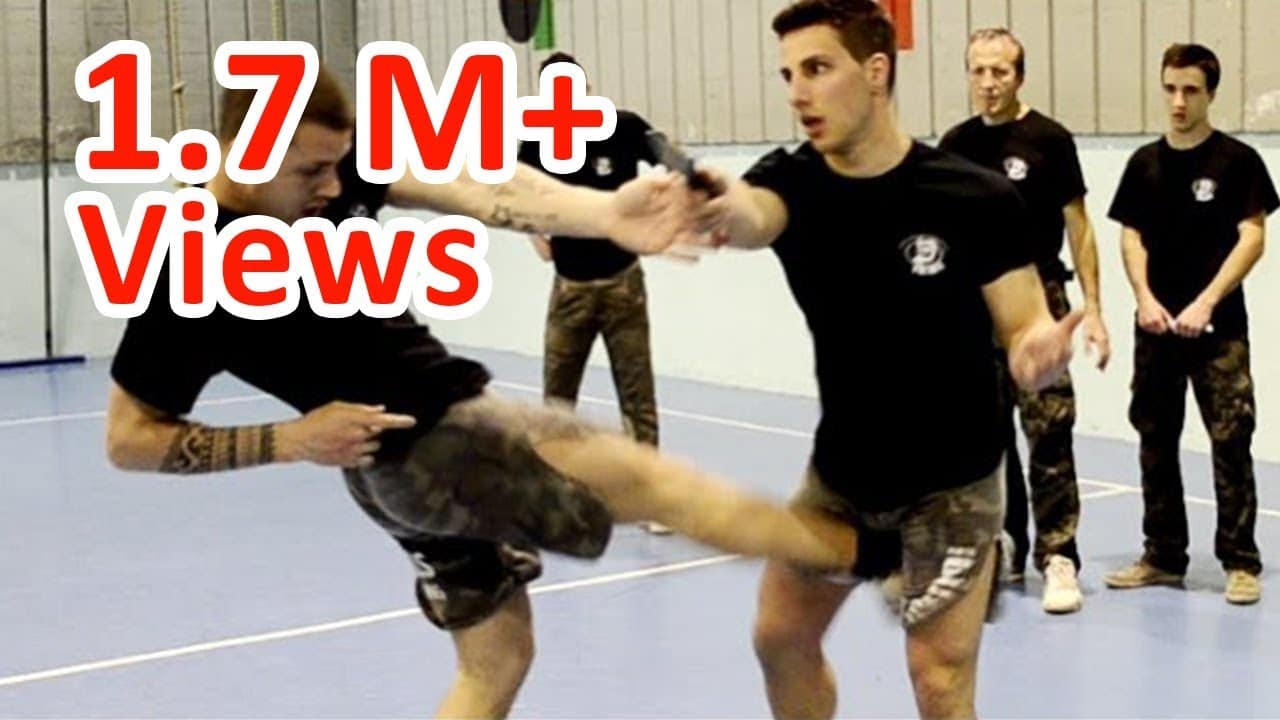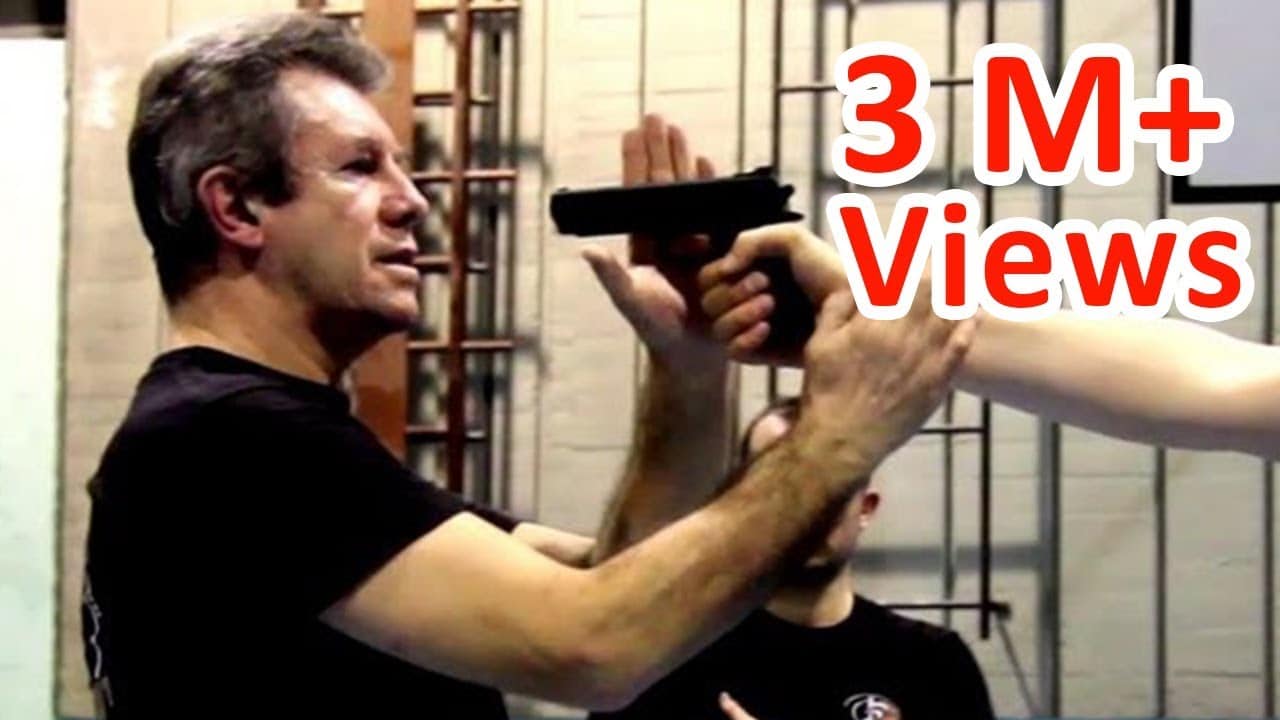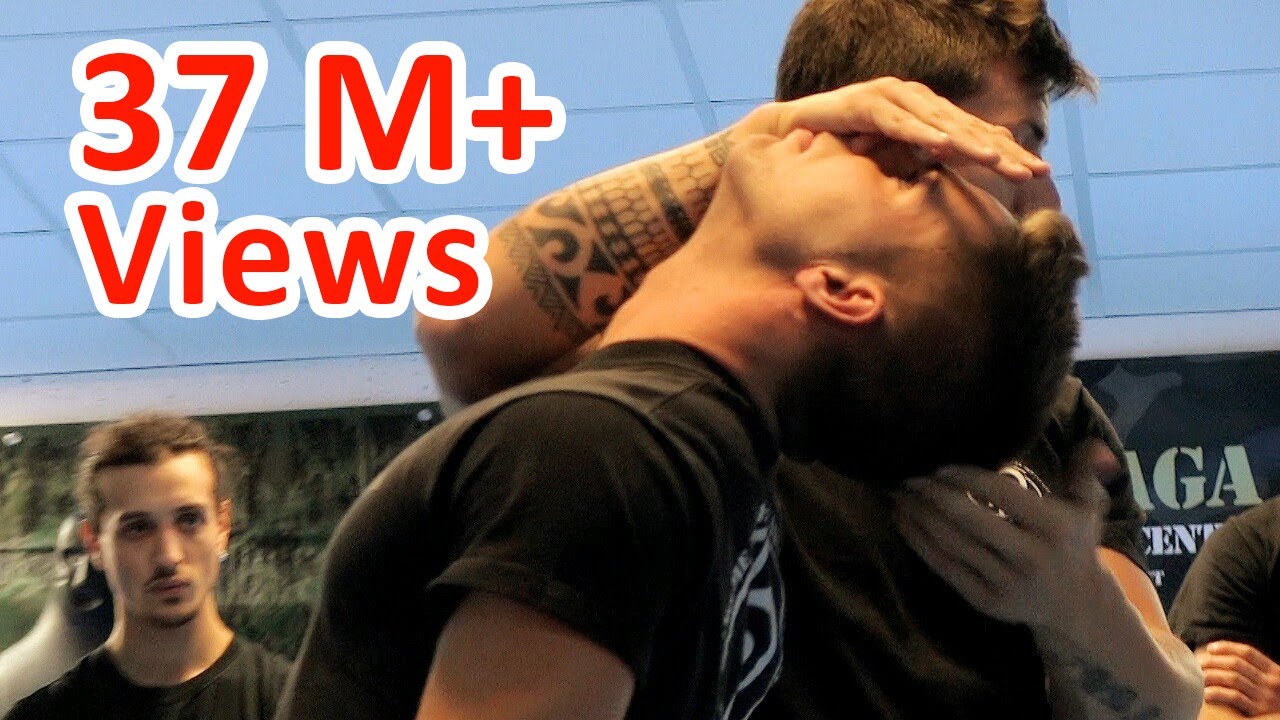Exploring the Art of Half Guard: Enhance Your Skills with Chewjitsu's Video Collection on YouTube
For Brazilian Jiu Jitsu practitioners seeking to expand their repertoire and proficiency in the half guard position, Chewjitsu’s Half Guard Techniques playlist on YouTube serves as an invaluable resource. Led by the experienced black belt instructor Nick “Chewy” Albin, this curated collection of video tutorials delves deep into the nuances of half guard, offering a wealth of insights, techniques, and strategies to help practitioners of all levels master this dynamic aspect of grappling. Let’s take a closer look at why Chewjitsu’s videos are essential for anyone looking to elevate their half guard game:
Playlist Overview:
Foundational Concepts and Controls:
- Start your journey with Chewjitsu’s playlist as it lays the groundwork with fundamental concepts and controls essential for establishing a strong half guard foundation.
Sweeps and Reversals Repertoire:
- Dive into a diverse array of sweeps and reversals meticulously demonstrated in Chewjitsu’s playlist. From basic sweeps to advanced reversals, each technique is broken down step-by-step for easy understanding and application.
Submission Chains and Attacks:
- Explore the art of submission grappling from the half guard position with Chewjitsu’s curated collection of submission chains and attacks. Learn how to capitalize on openings and secure fight-ending submissions against your opponents.
Pressure Passing Principles:
- Master the art of pressure passing in half guard with Chewjitsu’s expert guidance. Discover how to apply relentless top pressure, maintain control, and systematically dismantle your opponent’s guard with precision.
Half Guard Retention and Recovery:
- Learn essential strategies for maintaining and recovering half guard position against skilled opponents. Chewjitsu’s playlist provides valuable insights into defensive tactics and counters to thwart your opponent’s attacks.
Advanced Tactics and Strategies:
- Take your half guard game to new heights with Chewjitsu’s advanced tactics and strategies. Explore innovative techniques, setups, and combinations designed to outmaneuver and outsmart your opponents on the mats.
Drills and Rolling Sessions:
- Hone your half guard skills with Chewjitsu’s collection of drills and sparring sessions. From solo drills to live rolling, these exercises are designed to sharpen your technique, improve your timing, and enhance your overall performance.
Why Choose Chewjitsu’s Videos:
- Expert Instruction: Led by black belt instructor Nick “Chewy” Albin, Chewjitsu’s videos feature clear, detailed instruction and demonstrations from a seasoned practitioner with a wealth of experience in the art of Brazilian Jiu Jitsu.
- Comprehensive Content: With a curated collection of video tutorials covering all aspects of half guard techniques and strategies, Chewjitsu’s playlist caters to practitioners of all levels, from beginners to advanced practitioners.
- Accessible Anytime, Anywhere: Chewjitsu’s videos are freely available on YouTube, allowing practitioners to access high-quality instruction and training resources from the comfort of their own home or gym.
With Chewjitsu’s Half Guard Techniques playlist at your fingertips, you have the opportunity to deepen your knowledge, refine your technique, and unlock the secrets to half guard mastery. Whether you’re looking to bolster your defensive capabilities or add new dimensions to your offensive arsenal, Chewjitsu’s videos provide the guidance and inspiration you need to succeed on the mats. Dive in, explore the playlist, and take your half guard game to the next level with Chewjitsu!

